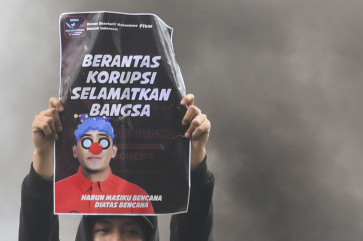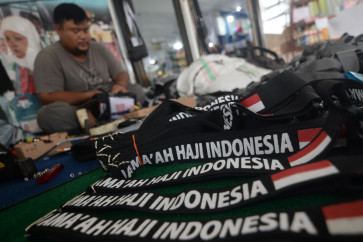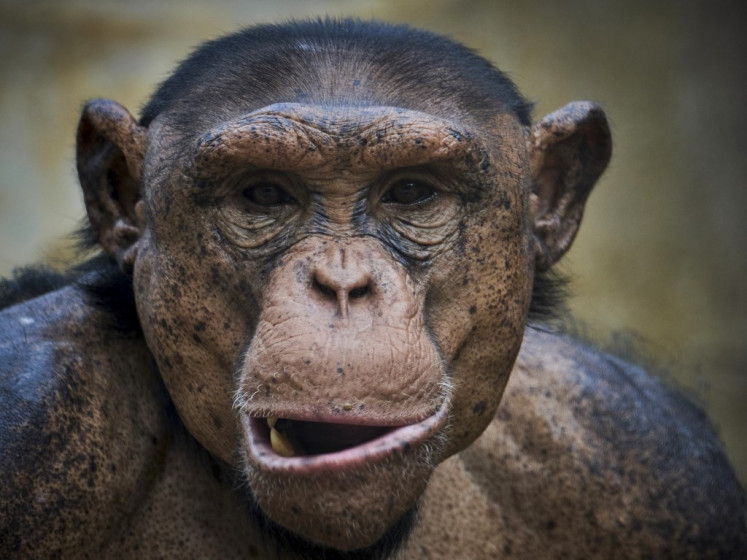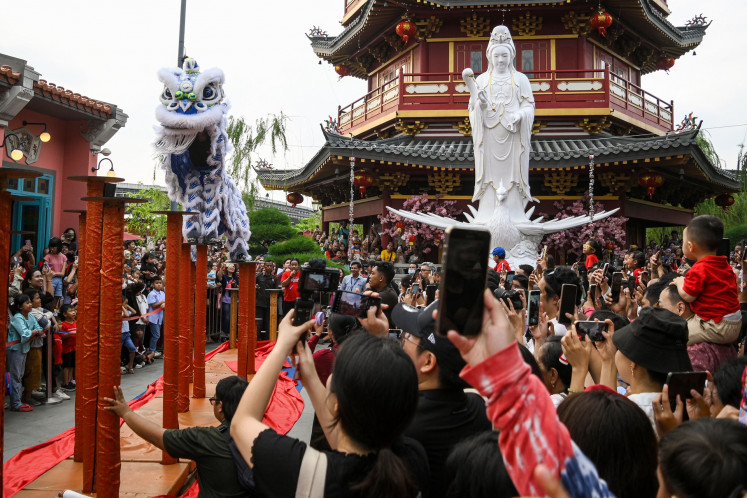Remembering the Titan
Artists and scholars gather to pay tribute to one of Bali’s most accomplished dancers.
Change text size
Gift Premium Articles
to Anyone
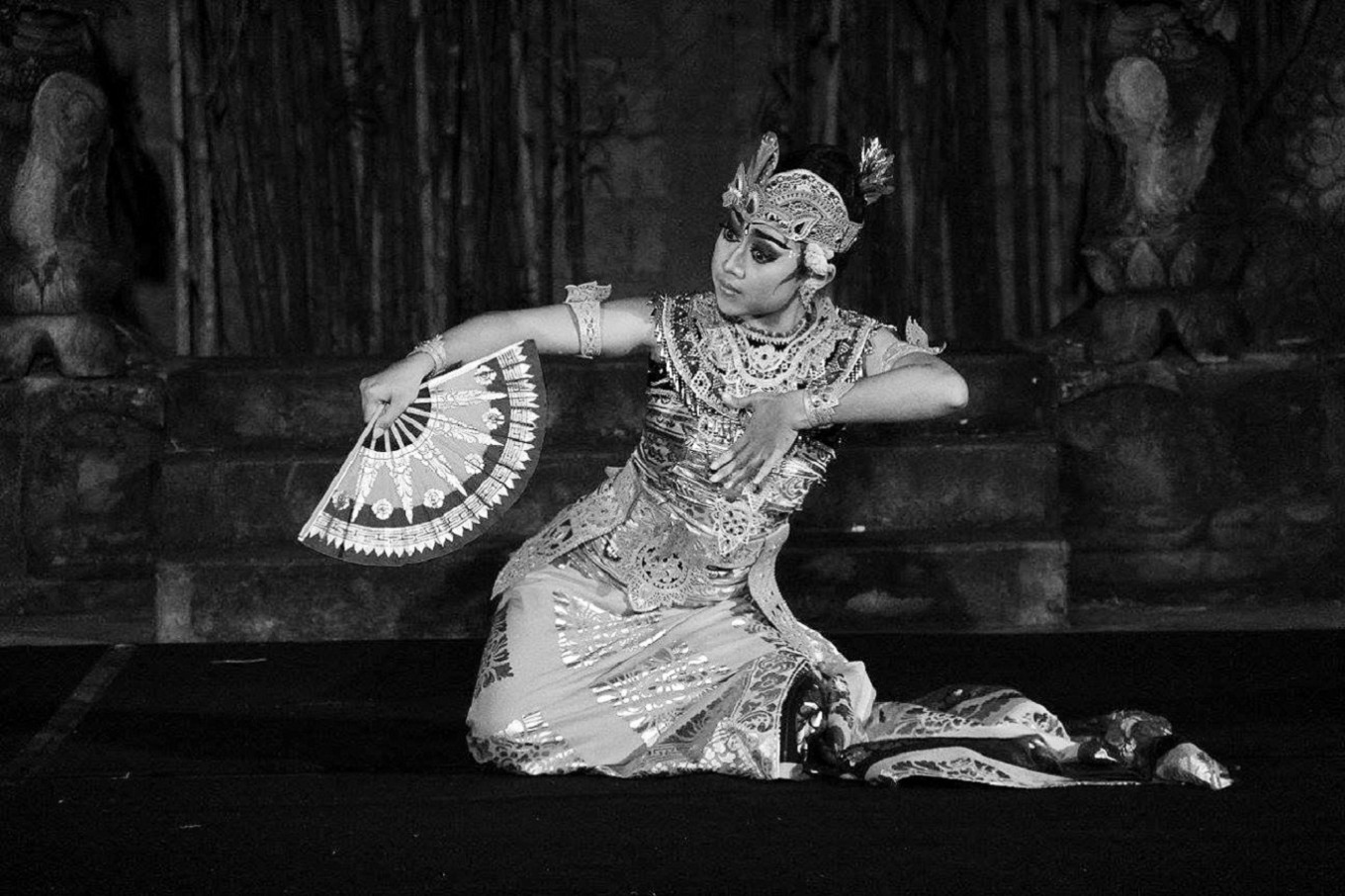 Running in the family: Titania Manuaba, the granddaughter of Ida Bagus Oka Blangsinga, performs the kebyar duduk dance that made her grandfather famous. (Bentara Budaya Bali/File)
Running in the family: Titania Manuaba, the granddaughter of Ida Bagus Oka Blangsinga, performs the kebyar duduk dance that made her grandfather famous. (Bentara Budaya Bali/File)
I
f there truly is an afterlife, the late Ida Bagus Oka Blangsinga, one of Bali’s most revered performers, must have been looking down from heaven on that Saturday night with a broad smile and a proud, loving gaze on his wrinkled face.
Below, on the open stage of Bentara Budaya Bali in Ketewel, Gianyar, his teen granddaughter, Ida Ayu Triana Titania Manuaba, was performing the kebyar duduk, a traditional dance that in 1950s Bali was closely associated with Blangsinga.
It was his mastery of this difficult dance, which requires the performer to execute complex and lightning fast maneuvers while in seated or cross-legged squatting positions, that earned him respect from his peers and adoration from his successors.
Created in 1925 by the legendary dancer I Ketut Maria, kebyar duduk became one of Bali’s iconic dances and a staple in public performances in Indonesia and abroad.
Titania Manuaba did not disappoint her late grandfather, nor the dozens of spectators in front of the stage. Her rendition of the dance was energetic, powerful and at the same time truly graceful. The raucous applause at the end of her performance was a sign of approval and, more importantly, an acknowledgement to the enduring flame of traditional Balinese dances.
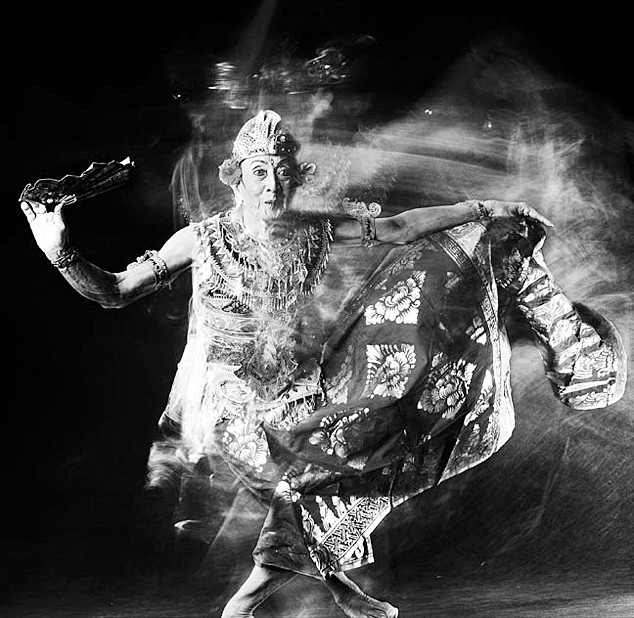
The performance in late April was part of Obituary for Blangsinga, a program co-organized by the Bentara Budaya Bali foundation and the late artist’s family. Visitors got a chance to enjoy, among other things, a performance of the baris warrior dance by Blangsinga’s protégé I Wayan Purwanto, a discussion featuring prominent scholars I Wayan Dibia and I Made Bandem as well as an exhibition of photographs and memorabilia.
Read also: 24-hour 'Solo Menari' offers more than just dance
“The exhibition will run until May 5,” said Bentara Budaya’s principal curator, Warih Wisatsana.
Participating artists and photographers include Doddy Obenk, Tjandra Hutama, Arsa Putra, Komang Parwata, I Gusti Agung Wijaya Utama, IDK Rudita Widia Putra, Windujati, I Putu Apriwidana, Adriaan Palar, Ida Bagus Alit, Carola Vooges, Irina, Miranda Risang Ayu Palar, Dushanka, Luciana Ferrero, Kaori Ohiya and Yoko Yamada.
Born Ida Bagus Oka Wirjana in 1929 at Saba village, Blahbatuh, Gianyar, he was better known as Blangsinga after the name of his home hamlet. He passed away in early February at the age of 87.
Blangsinga’s life was a moving narrative of perseverance and devotion to the art of dancing. He was still a little boy when he learned the baris dance from his uncle, Ida Bagus Kompiang, before learning kebyar duduk from I Wayan Mandi.
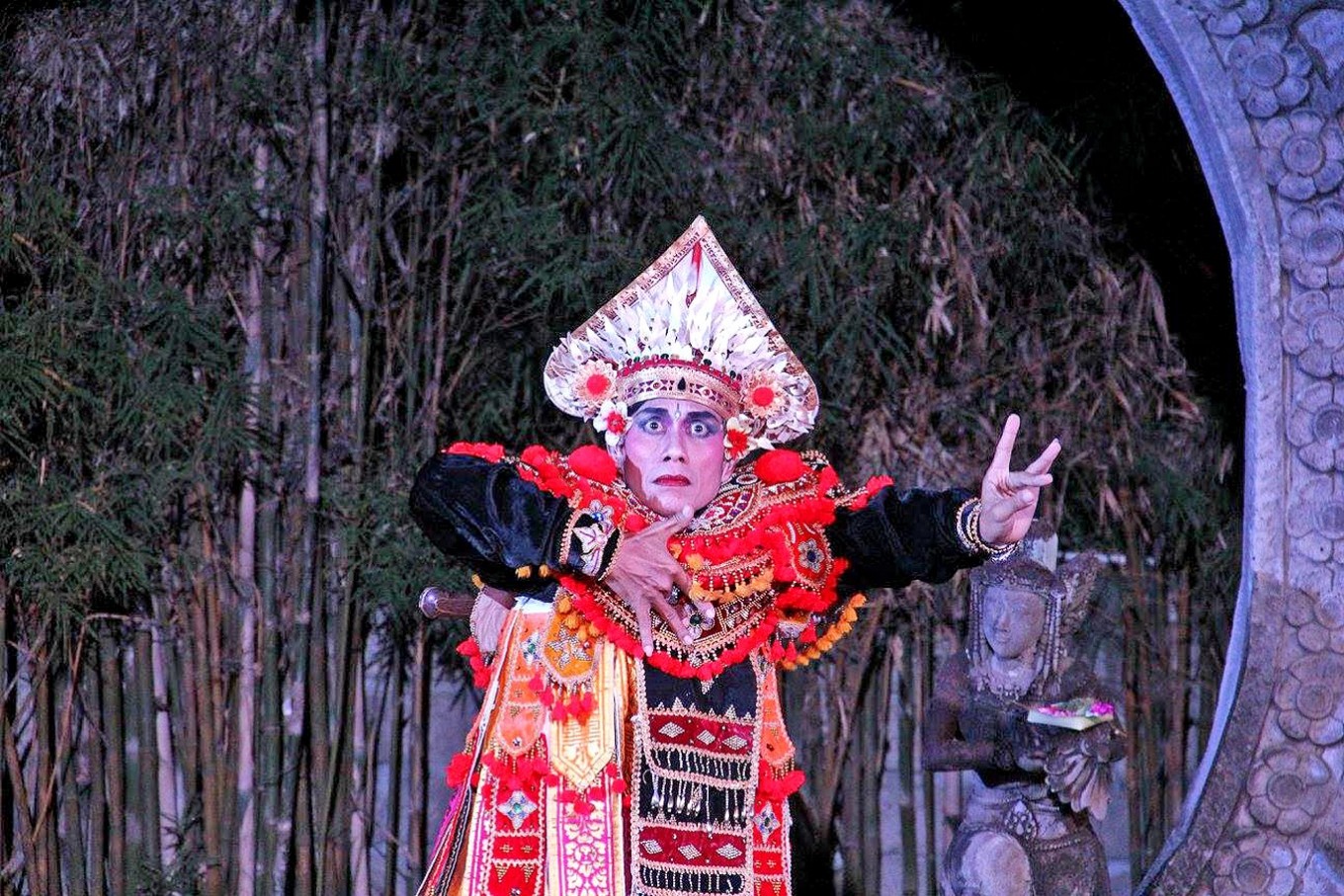
“He personally watched I Ketut Maria perform kebyar duduk in Tabanan and he fell in love with that dance. Unfortunately, Maria was at the height of his fame at the time and was so busy travelling to various places that he could not give lessons to the young Blangsinga,” Bandem said.
An accomplished dancer himself, Bandem demonstrated on that night Blangsinga’s signature style of kebyar duduk.
“When years later he had the chance to meet Maria, Blangsinga performed his style and asked for guidance from the living legend. The creator of the kebyar duduk dance praised the young dancer and stated that his performance was excellent and that the style was flawless. That, I believe, was one of the happiest moments in Blangsinga’s life,” Bandem said.
Read also: Finding solutions to social conflicts through art
After learning from Mandi, Blangsinga sharpened his skills by visiting old masters in villages of Gianyar, including Anak Agung Gede from Sukawati palace, Tjokorda Oka Tublen of Singapadu palace, as well as I Wayan Geria and I Made Kredek. Geria was the father of I Wayan Dibia, while Kredek was the father of Bandem.
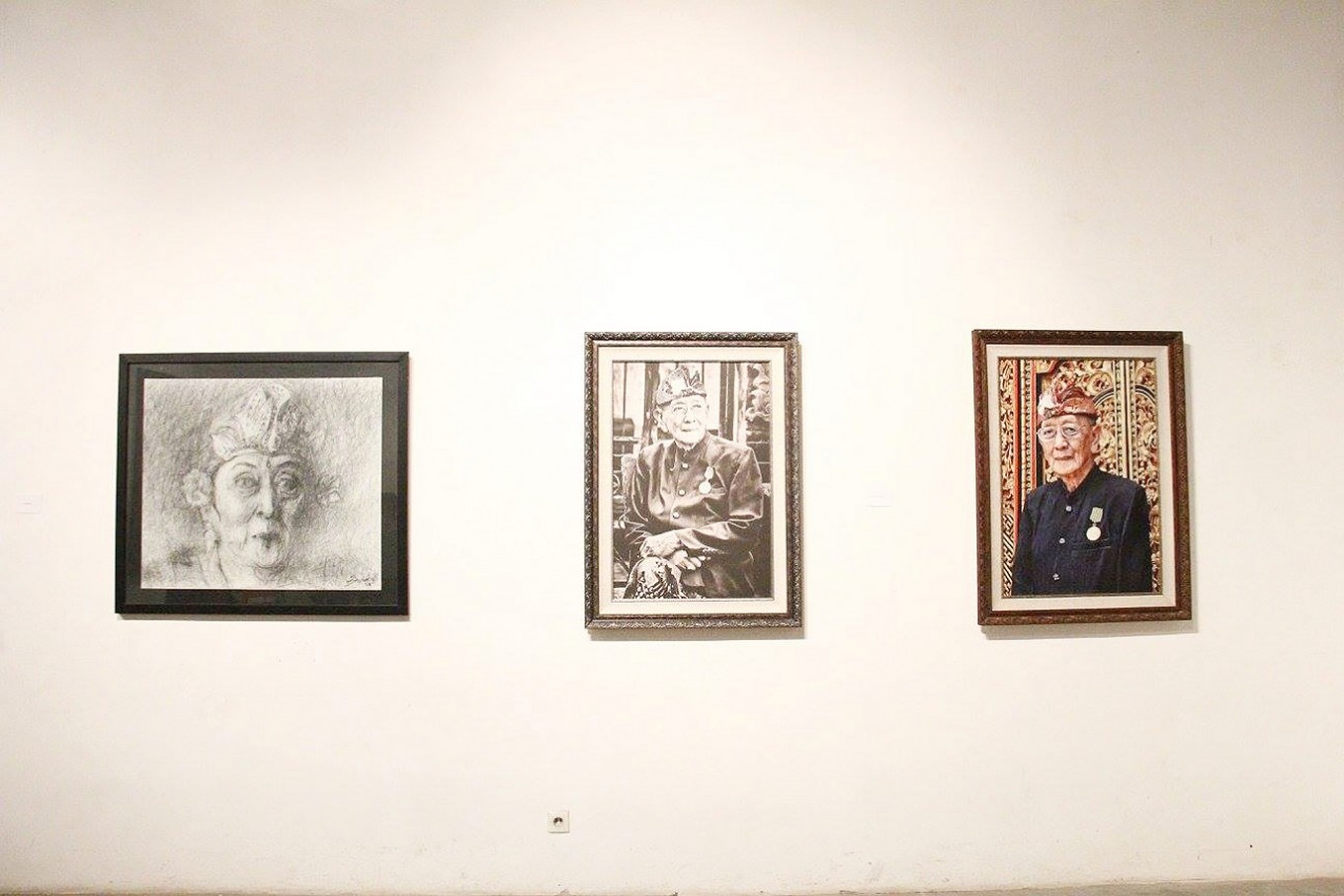
Bandem pointed out that, Blangsinga, throughout his career, refused to perform any other dances but kebyar duduk. His mastery of kebyar duduk soon saw him tour the island and foreign lands, including Sweden, Japan, Hong Kong, China, Pakistan and the United States.
He also performed before dignitaries like Mao Zedung and Sukarno. His dedication to the art of dancing earned Blangsinga several accolades, including the Dharma Kusuma from the Governor of Bali, an award from the Jakarta Art Council and the Siwa Nataraja award from Denpasar’s Indonesia Arts Institute.
“I had the privilege of sharing the stage with him on several occasions, in Blahbatuh in 1958, Lombok and Singapadu in the 1960s, and I remember him as a charismatic dancer who never failed to mesmerize the audience.
“He was very handsome, generous, humble and polite, traits that made us — his juniors — look up to him with reverence and adoration,” Bandem added.

